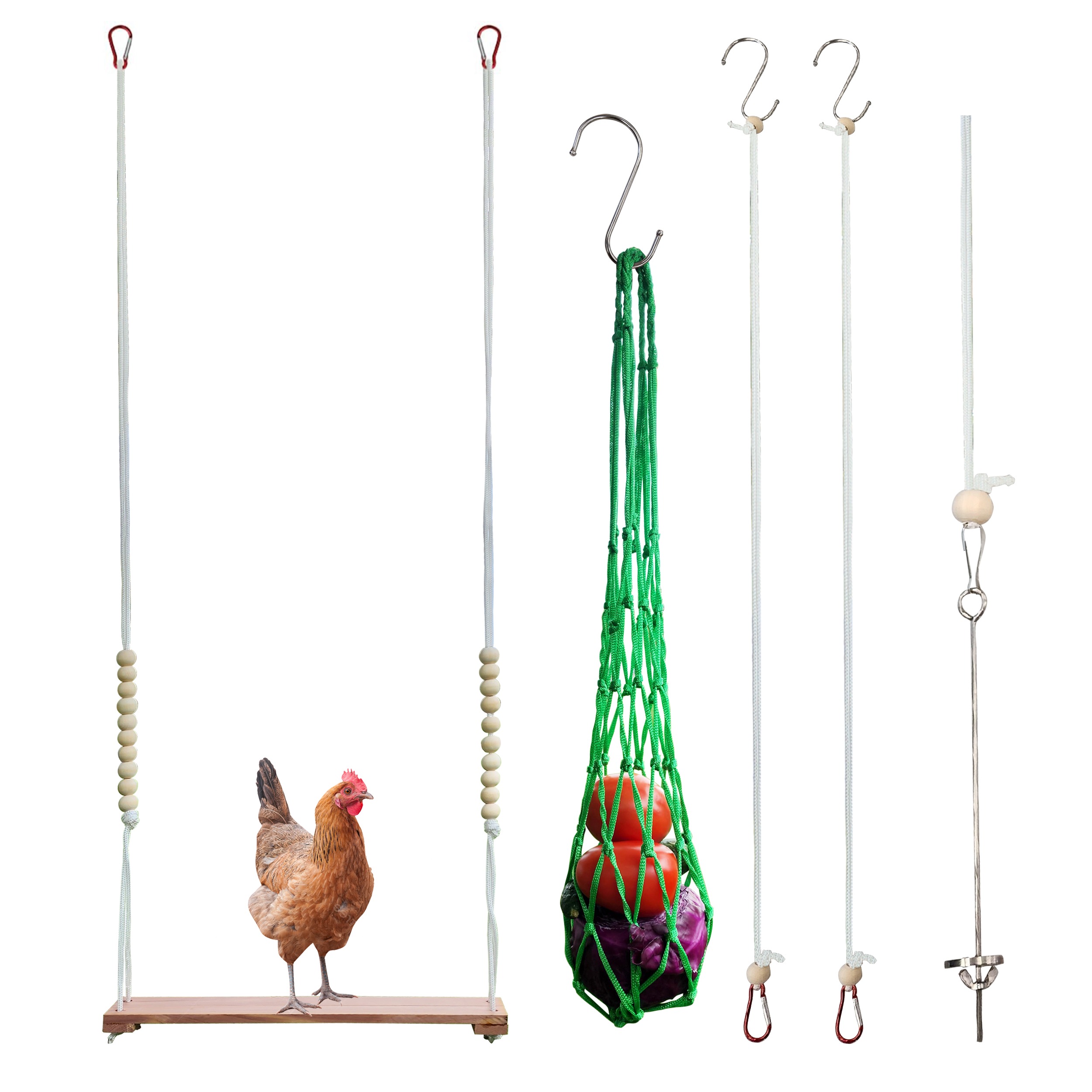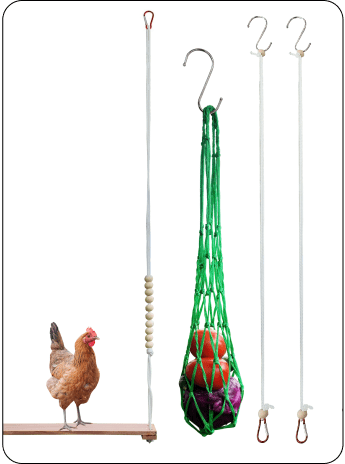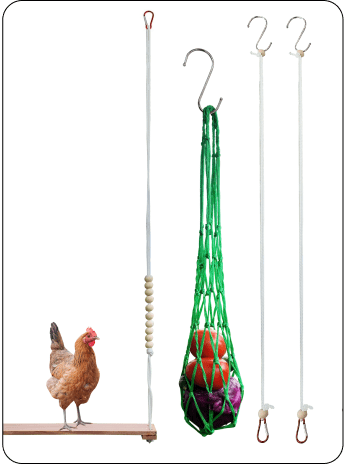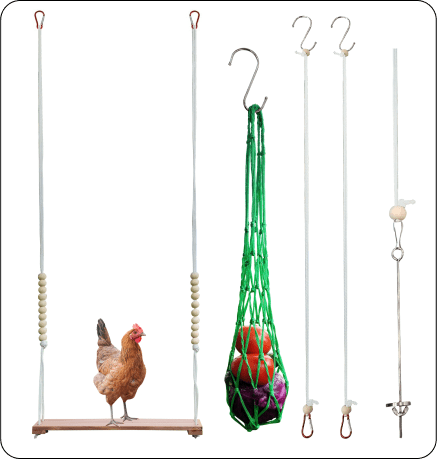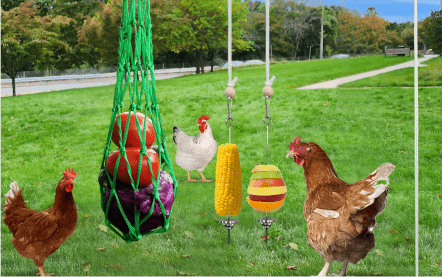Ways to Grow Your Seasonal Sales on Amazon in 2024
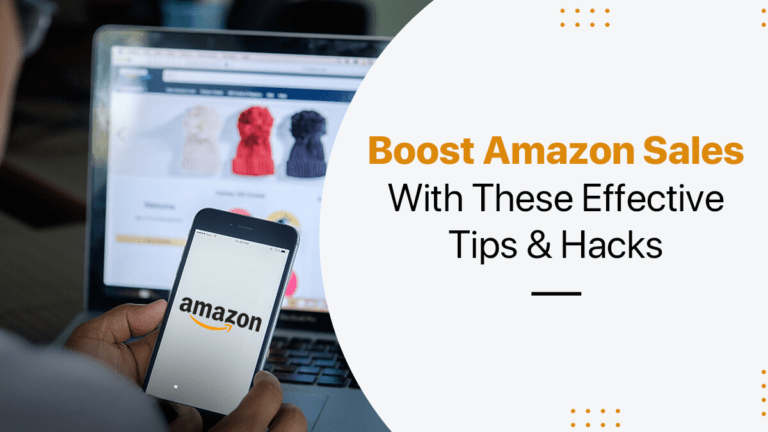
Introduction
As the calendar flips to a new year, a fresh wave of opportunity unfolds for Amazon sellers. The rhythm of consumer behavior begins to shift, aligning with upcoming holidays, changing seasons, and evolving trends. For those who can anticipate and capitalize on these seasonal shifts, a bountiful harvest of sales awaits. But with countless competitors vying for attention on the vast Amazon marketplace, how can you make your products the stars of the season – the ones that customers eagerly add to their carts and enthusiastically gift to loved ones? This comprehensive guide equips you with powerful strategies to unlock the full potential of seasonal selling on Amazon in 2024. By implementing these actionable steps, you’ll transform your Amazon store into a seasonal sales powerhouse, ready to capitalize on every opportunity that 2024 presents.
Planning and Research
- Dive into Data: Start by analyzing your historical sales data on Amazon. Look for patterns and trends in sales around major holidays, back-to-school season, and other seasonal events. This will help you identify periods with high demand and potential sales opportunities.
- Research Upcoming Events: Don’t just rely on historical data! Look ahead to upcoming holidays and events throughout 2024. Explore resources like national calendars, industry publications, and even social media trends to anticipate what might be hot this season.
- Identify Gaps in the Market: Once you have a good understanding of what’s trending, use Amazon search tools and competitor analysis to see what products are already dominating the market. Look for gaps or areas where you can offer unique seasonal items or cater to specific customer needs.
- Consider Weather and Timing: Think beyond holidays! Seasonal changes can also impact buying habits. For example, the demand for beach towels and gardening supplies surges in spring and summer, while winter sees a rise in cozy blankets and holiday decorations. Plan your inventory and marketing strategies accordingly.
- Understanding Their Needs:Seasonal shopping is often driven by emotions and gift-giving. Research your target audience to understand their buying habits for different occasions. What are they typically looking for during specific seasons? Are they shopping for themselves or for others?
- Tailored Strategies: Once you understand their needs, tailor your product offerings and marketing strategies to resonate with them. This might involve highlighting specific features for gift-giving, offering gift wrapping options, or crafting targeted marketing messages that speak to their emotions and desires.
Product Optimization
- Adding keywords: Sprinkle relevant seasonal keywords throughout your product listings. Include them in your titles, descriptions, and backend keywords. This will help your products show up in search results when people are browsing for seasonal items.
- Seasonal Makeover: Don’t underestimate the power of visuals! Update your product images to showcase how your offerings can be used during specific seasons. Swap out generic backgrounds for seasonal themes and highlight features that resonate with the time of year.
- A/B Testing:Test different versions of your product listings (including images and descriptions) to see what resonates best with your audience during different seasons. This data-driven approach will help you optimize your listings for maximum visibility and sales.
- Demand Forecasting: Use your research to forecast demand for seasonal products. Striking a balance is key – having enough inventory to meet demand but also avoiding overstocking and getting stuck with dead stock at the end of the season.
- Prepping in Advance: For high-demand seasonal items, consider ordering inventory well in advance of peak season, especially if you rely on overseas suppliers. This ensures you have enough stock on hand when customers are ready to buy.
- Bundle Up for Success: Consider creating seasonal product bundles to boost sales. This could involve grouping complementary items together or offering gift sets tailored for specific occasions. Bundles add perceived value for customers and can encourage them to spend more.
Using Amazon’s Resources and Features
- Sponsored Products & Sponsored Brands: These core advertising tools allow you to target relevant keywords and display your products prominently in search results and product pages. During peak seasons, utilize these tools to ensure your seasonal offerings appear at the forefront of customer searches. Consider creating dedicated seasonal campaigns with targeted keywords and compelling ad copy that highlights the unique value proposition of your products for each occasion.
- Amazon DSP (Demand-Side Platform): For experienced sellers, Amazon DSP offers a more advanced advertising solution. Here, you can go beyond Amazon’s website and target your ads across various websites and apps frequented by your target audience during specific seasons. This allows for highly targeted campaigns that reach potential customers who may not be actively browsing on Amazon yet.
- Retargeting Campaigns: Reconnect with customers who have previously shown interest in your products. Utilize retargeting campaigns to display targeted ads featuring your seasonal offerings to those who browsed similar items or abandoned carts in the past. This rekindles their interest and reminds them to complete their purchase just in time for the season.
- Amazon Posts & Live Streams: Use Amazon’s native content platform to showcase your seasonal products in an engaging way. Create informative and visually appealing posts highlighting the features and benefits of your offerings. Consider live streaming during peak seasons to demonstrate product uses, answer customer questions in real-time, and create a sense of urgency and excitement.
- Amazon Vine Program: Gain early product reviews from trusted reviewers by enrolling in the Amazon Vine program. Positive reviews from established Vine reviewers can significantly boost your product’s credibility and entice seasonal shoppers who rely on social proof before making a purchase.
- Lightning Deals & Coupons: Amazon periodically offers opportunities to run limited-time promotions like Lightning Deals and coupons. Utilize these strategically during peak seasons to generate excitement, attract new customers, and boost sales of your seasonal products.
Pricing your Products Competitively
- Know Your Competition: Before setting your price, conduct thorough competitor research. Utilize Amazon’s search tools and third-party analytics tools to identify the selling prices of similar seasonal products.
- Factor in Costs: Don’t fall into a price war that diminishes your profit potential. Calculate all your costs, including product acquisition, shipping, fulfillment fees, and Amazon selling fees. Factor in a reasonable profit margin when setting your final price.
- Consider Value-Based Pricing: While competitive pricing is important, don’t undervalue your offerings. Highlight the unique features and benefits of your seasonal products. If your product offers superior quality, craftsmanship, or exclusive features, consider a slightly higher price point that reflects its added value.
- icing Tools: Explore the use of dynamic repricing tools. These tools monitor competitor pricing and automatically adjust your prices to stay competitive while maintaining your profit margins. This can be especially beneficial during fast-changing seasonal trends.
Customer Experience and Reviews
- Exceptional Customer Service: Respond promptly to customer inquiries and address any issues efficiently. Provide clear and transparent communication throughout the buying process. A positive customer service experience fosters trust and encourages repeat purchases.
- Fulfillment Finesse: Ensure efficient fulfillment systems are in place to handle potential spikes in orders during peak seasons. Offer clear shipping timelines and consider offering expedited shipping options for time-sensitive seasonal purchases. Timely delivery keeps customers happy and avoids negative reviews.
- Reviews and Feedback: Encourage product reviews and ratings. Respond to both positive and negative reviews in a professional and timely manner. Positive reviews build trust and social proof, while addressing negative reviews demonstrates your commitment to customer satisfaction.
- Pro Tip: Personalize the customer experience whenever possible. Include a handwritten thank you note with seasonal purchases or offer exclusive promotions to returning customers. These small touches go a long way in building customer loyalty and encouraging repeat business throughout the year, not just during peak seasons.
By implementing these strategies, you can strike a perfect balance between competitive pricing and a stellar customer experience. Remember, a happy customer during a peak season is not just a one-time sale; it’s a potential brand advocate who can spread the word and propel your business forward.
Operating on Amazon can seem overwhelming due to its size and ever-changing policies. But don’t worry! Whether you’re new to Amazon or already have a business there, eSeller World is here to help. We’ll make your life easier and take your business to new heights on Amazon.

